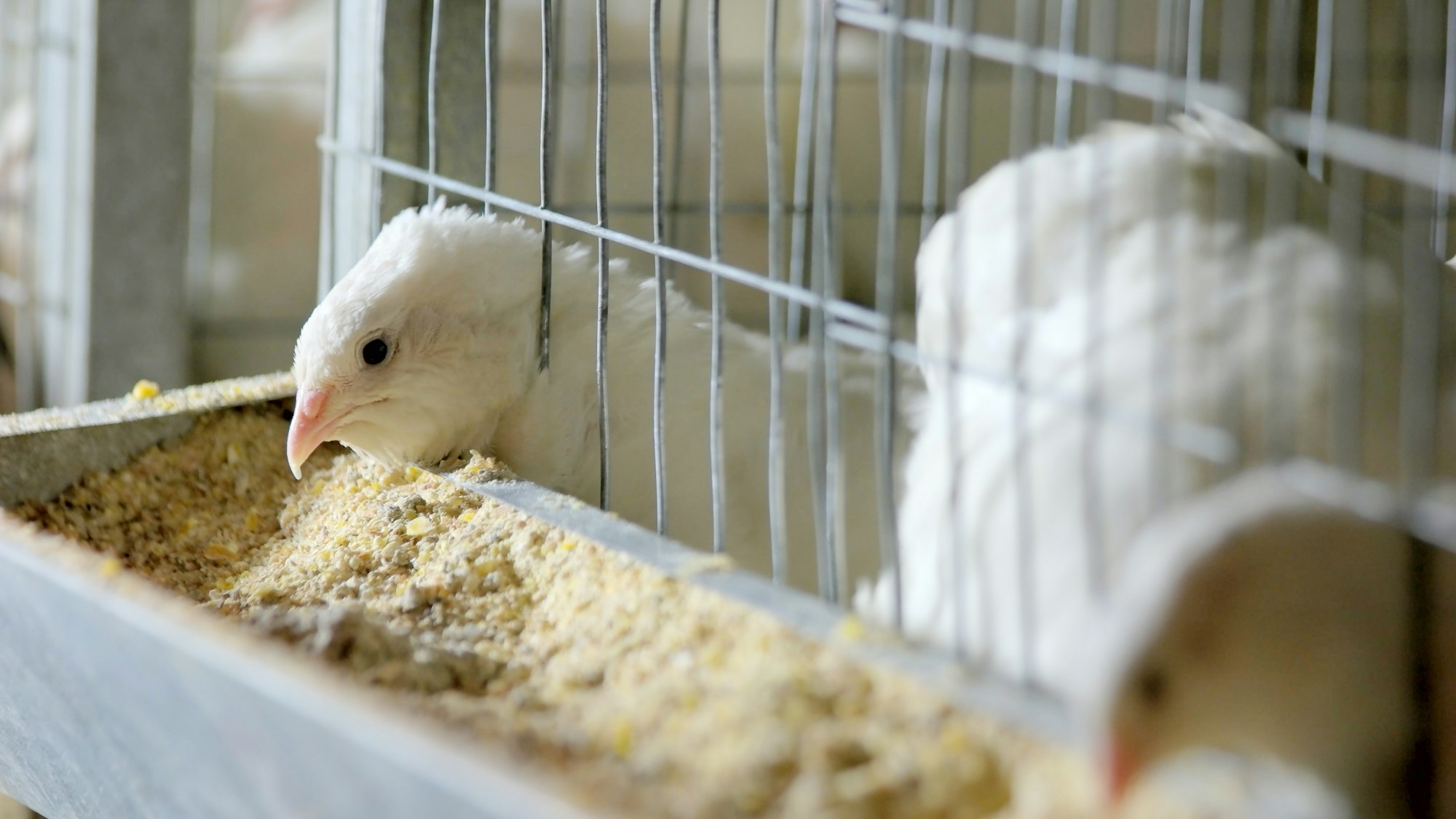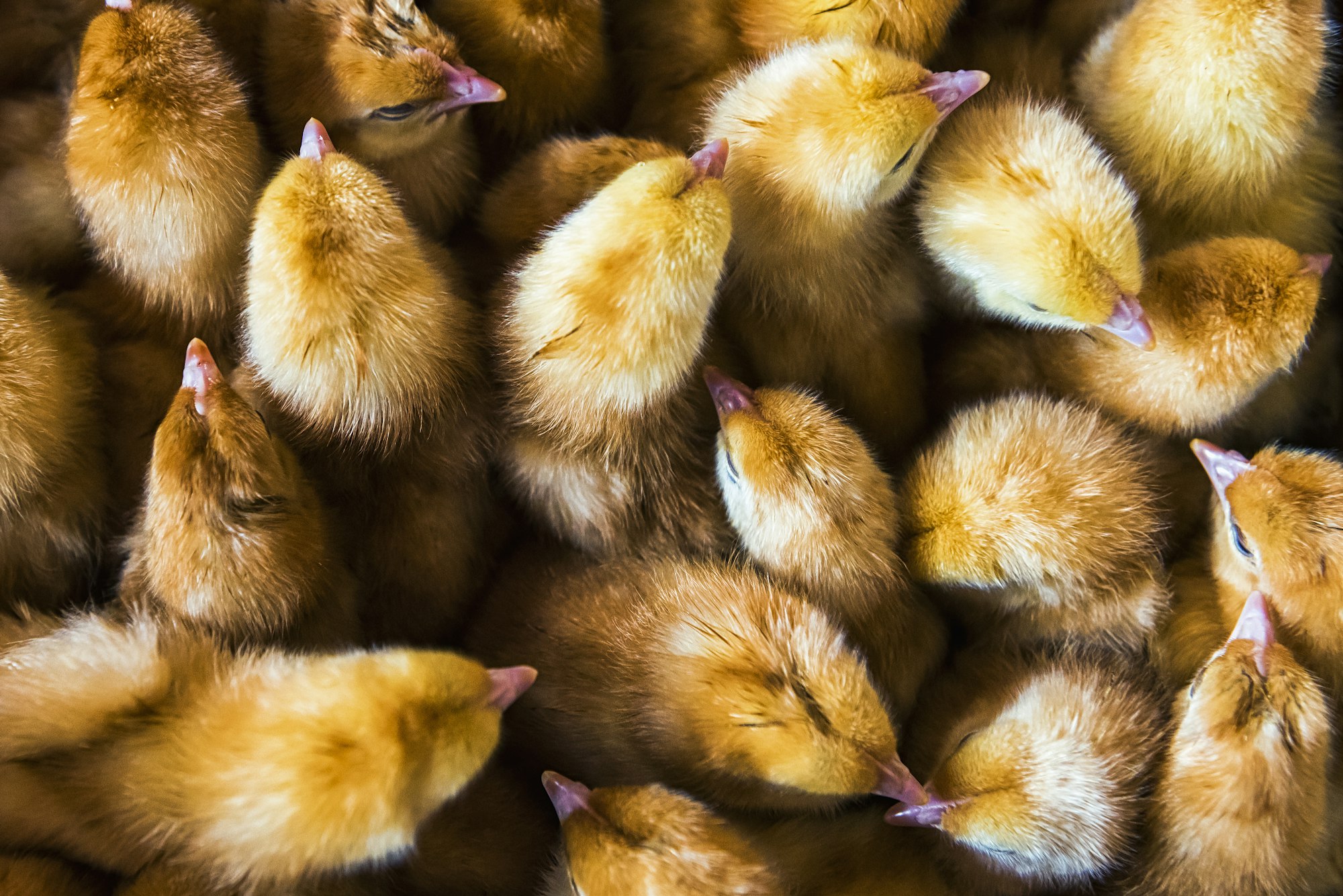Eggs play an integral role in poultry farming. Whether it’s the production of chickens for consumption or the breeding of other poultry species, the process often starts with an egg. But, how do we ensure the successful development of these eggs? This is where the practice of egg candling comes into play.
By using this simple yet effective technique, we can ascertain the health and viability of an egg even before it hatches. Let’s delve into this fascinating practice.
Understanding egg candling
Egg candling is a process of examining eggs for embryonic development using a bright light source. This technique allows us to see inside the egg without cracking it open, giving us valuable insight into the egg’s status. The light illuminates the interior of the egg, revealing its contents and offering visual clues about the egg’s health and development.
The practice of candling is not only crucial for monitoring the development of the embryo but it also helps us identify any potential issues such as bacterial or fungal infection, which could jeopardize the successful hatching of the chick. It also aids in identifying upside-down eggs. Upside-down eggs is a common issue in poultry farming, with around 3 to 8 percent of eggs received by hatcheries from farms being upside-down due to human error.
The role of Ovosense®
In the context of egg candling, technology plays a critical part in aiding the process. One such technology that is revolutionizing this practice is Ovosense®. This unique innovation is designed to identify the 3-8% of eggs that have been positioned upside-down by the farm operators, enabling these eggs to hatch correctly.
Ovosense® provides a significant benefit in the processing room, where eggs need to be processed, graded, classified, and stored before they proceed to the incubation room. By identifying and correcting the position of these upside-down eggs, Ovosense® gives them a chance to hatch a good quality chick, improving hatchability, and minimizing the impact of human error.
The incubation process
Once eggs have been candled and sorted, they move onto the next critical phase, incubation. The incubator is a carefully controlled environment designed to provide the optimal conditions for embryo development. The temperature, humidity, and air circulation within the incubator all contribute to the successful development of the chicks.
The precise control of the incubator’s parameters is crucial. Too high or too low temperatures can harm the developing chick, slow down its development, or worse, kill the embryo. Accurate control of humidity is also paramount. Lack of humidity can cause excessive water loss from the egg leading to the chick’s dehydration, while too much humidity can drown the chick.
Egg transfer
The transfer of eggs from the setter tray to the hatcher basket is another critical part of the process. This needs to be done with utmost care to ensure a swift and gentle transition. High volume hatcheries handle thousands of eggs every day. For example, a modern hatchery processing over 300,000 eggs per day could have up to 24,000 upside-down eggs each day.
Thankfully, advancements in technology have made this task more manageable and less prone to human error. For instance, the suction cup transfer unit developed by Ecat-iD is capable of handling 100,000 eggs per hour. This not only speeds up the process significantly but also ensures that the eggs are handled with care, reducing the risk of damage during the transfer.
The hatch
The final stage of the process is the hatch. After days of careful monitoring and precise control of the incubation environment, the time for the chicks to hatch finally comes. This is the moment when all the efforts put into egg candling, incubation, and transfer pay off.
When done correctly, with the right temperature, humidity, and air circulation, the chicks should hatch healthy and vigorous, ready to join the flock. Egg candling plays a pivotal role in ensuring the viability of these chicks. By identifying potential issues early on, we give these chicks the best possible chance at life.
Egg candling is, without a doubt, an integral part of poultry farming. By providing valuable insight into the egg’s health and development, it allows poultry farmers to ensure the successful hatching of their chicks. And with the advent of technologies like Ovosense®, this practice is becoming more accurate, efficient, and reliable, contributing significantly to the success of poultry farming.
The science behind egg candling
Egg candling is more than just shining a light through an egg. It’s a practice deeply rooted in poultry science, which involves a proper understanding of embryonic development. The light from the egg candler penetrates the shell and illuminates the inside egg, showing the different stages of chick development.
The first few days of candling won’t reveal much as the embryo is still very small. However, after about seven days incubation, you can see the veins and the embryo itself moving. You can also see the air cell at the wide end of the egg. The size and position of the air cell are important indicators of egg health. As the embryo grows, it consumes the yolk and albumen and the air cell expands. Conversely, if the air cell is too large, it may indicate dehydration in the egg.
Candling also helps detect embryonic mortality. A clear egg with no visible signs of development after seven days is likely infertile or the embryo may have died. An egg with a blood ring, a dark ring of dried blood, indicates that the embryo has died. By identifying these issues early, farmers can remove such eggs, preventing potential spread of bacteria and saving energy in the incubation process.
Egg turning and relative humidity control
Egg turning and maintaining the right relative humidity are crucial aspects of the incubation process. Turning the eggs prevents the embryo from sticking to the shell membrane and ensures even development. In nature, the mother hen instinctively turns the eggs several times a day. In an incubator, automatic turning devices help replicate this natural process.
Relative humidity is equally important. It influences the rate at which water is lost from the eggs. The ideal humidity for hatching eggs is typically around 50-55% for the first 18 days and then increased to about 65% for the last few days before hatch day.
Farmers use egg candling to monitor the size of the air cell which helps determine if the relative humidity levels are correct. If the air cell is too big, it means the humidity is too low and the egg is losing too much water. If the air cell is too small, the humidity is too high, preventing the necessary water loss from the egg.
The joy of hatching and raising baby chicks
The ultimate goal of egg candling and the incubation process is to hatch healthy baby chicks. After around 21 days of incubation, the baby chick is ready to hatch. It uses its egg tooth, a small, sharp, temporary tooth, to break through the shell, a process known as pipping. The chick will rest after pipping, then continue to break a larger hole until it can push its way out of the shell.
Once the chicks hatch, they can survive for up to 48 hours without food or water because they absorb the yolk just before hatching. This gives farmers a window to move the chicks from the incubator to a brooder, a heated enclosure that mimics the warmth of a mother hen.
Raising the chicks involves providing them with the right nutrition, temperature, and care until they are ready to join the rest of the flock. It is a rewarding process that brings joy to many poultry farmers.
The practice of egg candling, while seemingly simple, is steeped in poultry science and necessitates an understanding of the intricacies of embryonic development. It underpins the success of the hatching process by allowing farmers to monitor the health and development of the eggs, and rectify any issues promptly.
The advent of technology, such as the Ovosense®, has further streamlined the process, making it more efficient and reliable. It complements the meticulous care and attention that goes into turning the eggs and controlling the relative humidity in the incubator.
At the end of the day, the ultimate reward for all the hard work is the hatching of healthy baby chicks. It’s a testament to the significance of egg candling and incubation process in poultry farming. As technology continues to evolve, we can look forward to even more advancements that will make this age-old practice more precise and efficient, contributing to the success and sustainability of poultry farming.


